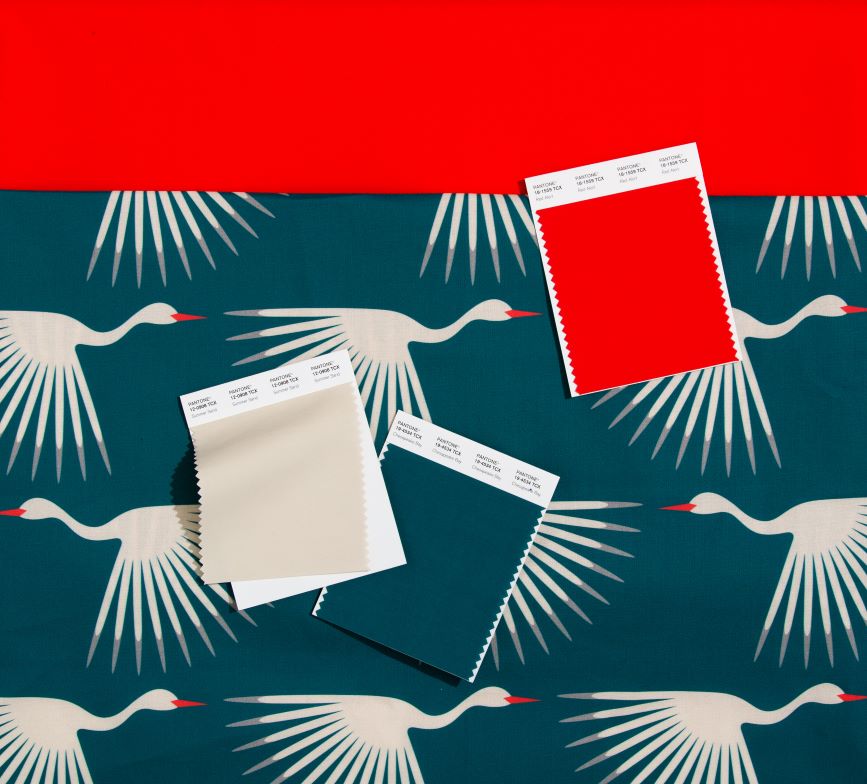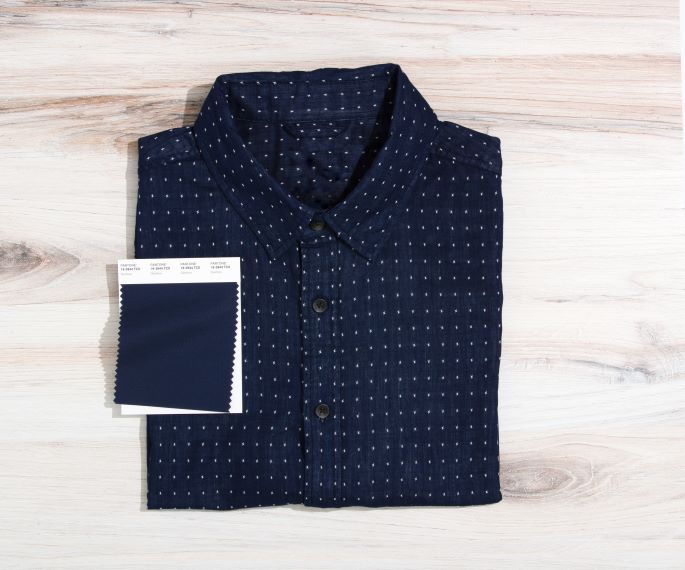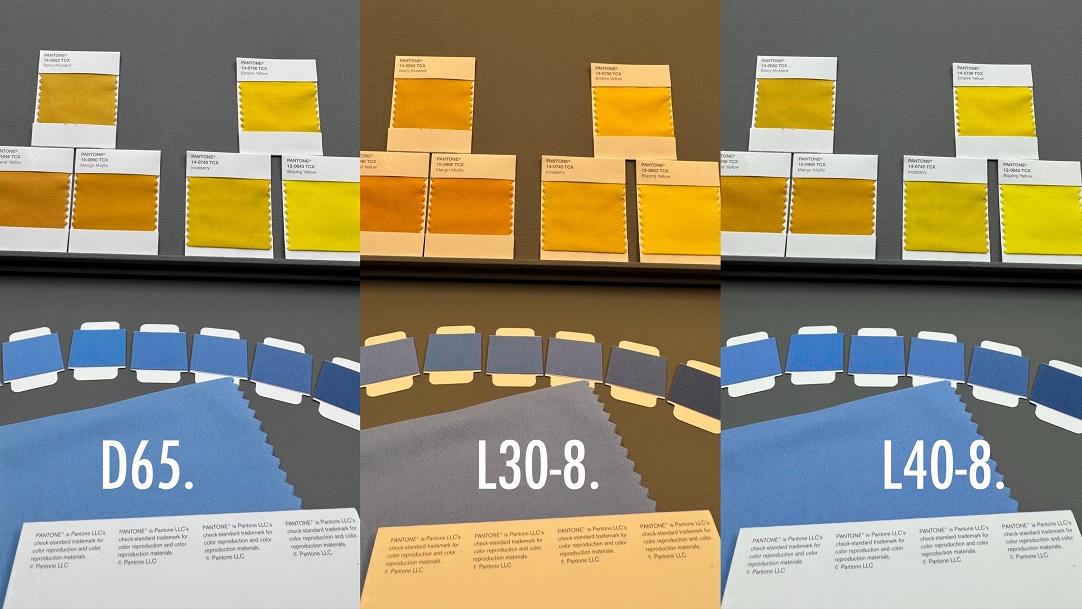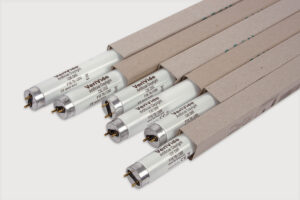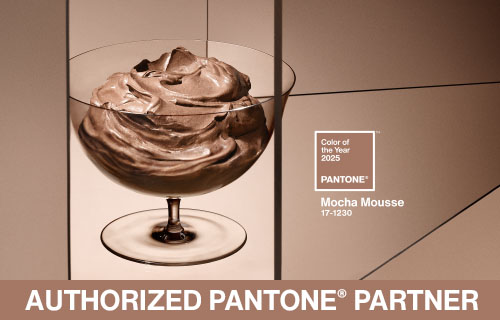A colour specifier starting with a quality colour standard achieves better quality product and quicker results. Which colour specifier are you?
The story of two colour specifiers
Sarah

Sarah is in such a rush that she doesn’t always have time to find the nearest Pantone or other colour match and sends out the samples directly to the mills and fabric suppliers in the hope that they can precisely match the colour. Sarah believes that using commercially available colour standards is a little on the expensive side and doesn’t insist on a budget that will allow this to happen.
Consequently the mills and fabric suppliers spend a lot of time attempting to translate the design/buyers brief into a commercial & process feasible dye recipe. Sarah waits three to four weeks for the first round of lab dyes to arrive for approval, before being disappointed with most of the first-time colour matches. Following another wait she receives further rounds of lab dye submissions. Time passes, along with the costs associated with many rounds of lab dyes. Additionally courier costs mount up and time is eaten up with all these unnecessary actions. Sarah is often subject to making a compromise and often approves colour only to avoid product lateness.
When these colours go into production, the real problems begin. Some colours don’t reproduce first time round, some have colour fastness issues, some go into re-dye, and some are written off at great expense to the supplier and retailer.
Sarah spends most of her time fire-fighting problems to avoid product lateness. Sarah doesn’t have time to reflect and thus doesn’t acknowledge that the issues are due to poor colour specification.
Joanne

The mills and fabric suppliers working for this supermarket have easy access to the colour standards, likewise using best practice to match predict dye recipes precisely and quickly. Joanne receives and approves most of her colours first time round. Consequently she is seen to be successful in getting great product in store on time. Others within the same company look up to Joanne and quickly follow this well proven method. Be SMART. Be Joanne.
* These personas have been created based on the experience of a number of people and do not relate to specific individuals.
Would you like to be more Joanne?
We recommend the Pantone SMART fabric swatches for colour specification and quality control of all textiles, apparel, soft home products. Stocked at VeriVide and available for next day delivery when ordered pre 12.30pm.
For more information contact Georgina on pantone@verivide.com
Related Articles
The Importance of Accurate Colour Communication for Designers

